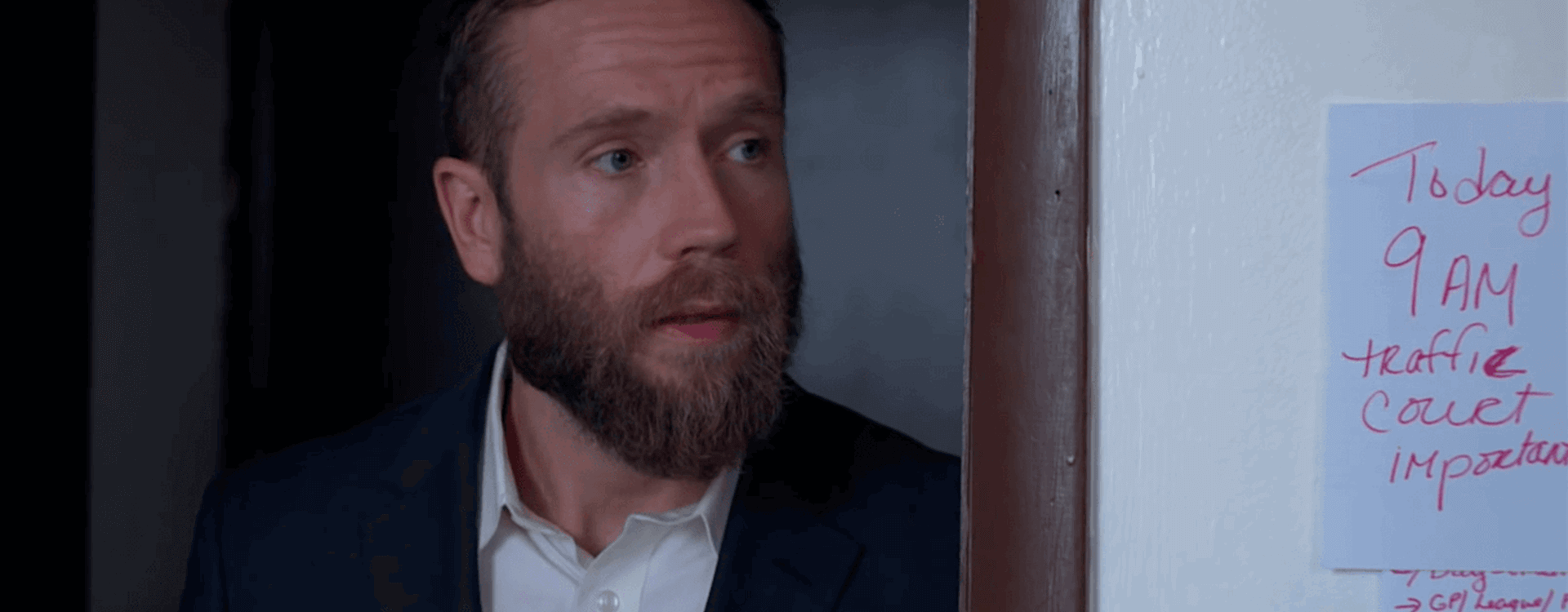Highlights
Table of Contents
Explore article topics
Perhaps no one, not even the actor, is more responsible for how a performance takes shape than the editor.
Sure, the actor has to deliver the goods during production, and it’s part of the director’s job to shape that performance in rehearsals and onset. But ultimately, all of that hard work is just raw material, waiting to be sculpted into its final form by the editor. This is not a new concept. In his 1910s and 1920s experiments, Russian filmmaker Lev Kuleshov proved that when watching a sequence of images, viewers attribute their own emotional reactions to the actor. Unsurprisingly. this has become known as the Kuleshov effect.
And of course, this is what the audience eventually sees. Not any of that raw material, but small pieces of it, carefully curated and constructed into one cohesive performance.
For those of you curious about what exactly an editor does to make a performance shine, our friend Sven Pape of This Guy Edits (one of the best damn YouTube channels around for learning the art and craft of film editing), has a great video for you. Check it out:
Get unlimited high-quality music for your videos
Sven has a few really helpful tips in this video, especially when it comes to working with footage of amateur and non-professional actors. Here’s a recap:
1. Remove pieces of dialogue that aren’t working or aren’t necessary
This is probably the most significant tip here. Just because a line of dialogue was recorded on set doesn’t mean you have to use it in the finished film. Unless it’s 100% necessary because it drives the story forward, it should be on the table to be removed.
2. Become vaguer in your storytelling
If everything is perfectly spelled out for the audience, it can cause them to lose interest or jump ahead, therefore taking them out of the scene. So pull out moments strategically to make the audience wonder about context and subtext. Of course, being too vague can confuse the audience, so strike a good balance between giving and withholding information.
3. Flip dialogue around
You can mix and match lines of dialogue for maximum emotional impact. Just be careful about changing the meaning too much.
4. Use reaction shots liberally
Some of the best, most emotive moments come when the actor isn’t talking, but instead listening and reacting. Taking advantage of this can also open up great opportunities for rearranging and cutting down a scene.
5. Come late, leave early
The emotional core of a scene, all of the good stuff that really makes or breaks a performance, usually happens in the middle of a scene. This is where your focus should be.
6. Cut out “the process”
This is similar to the prior tip. Oftentimes, scenes begin and end with descriptive dialogue that isn’t necessary because the audience can clearly see what’s going on. Cut out the fluff and just get to the good stuff.
7. Play dialogue off-camera
This goes right along with the idea of using reaction shots a lot, but it goes farther than that. When the dialogue is offscreen, it frees you up to do all sorts of creative things, including most of the other tips above. So make use of reaction shots, POVs, cutaways, and the like.
8. Don’t show weakness
When you come across small bits of a performance that don’t feel right, try to find a way to cut them out or cut around them.
9. Use unsuspecting moments caught on camera
Sometimes the camera stays rolling before or after a take, and sometimes it captures really authentic moments. It could be as simple as a slight smile or an awkward glance.
It’s worth noting that the more professional the writing, directing, and acting is, the less likely it’ll be that you’ll need some of these tips. Still, for those of us working on lower-budget productions and editing scenes with non-professional actors, these editing techniques can help you craft incredible performances and get the full Kuleshov effect, even if the raw material was a little rough.
Share this article
Did you find this article useful?
Related Posts
- By Alice Austin
- 5 MIN READ
- By Artlist
- 10 MIN READ
Latest Posts
- 17 Apr
- By Daniela Bowker
- 7 MIN READ
